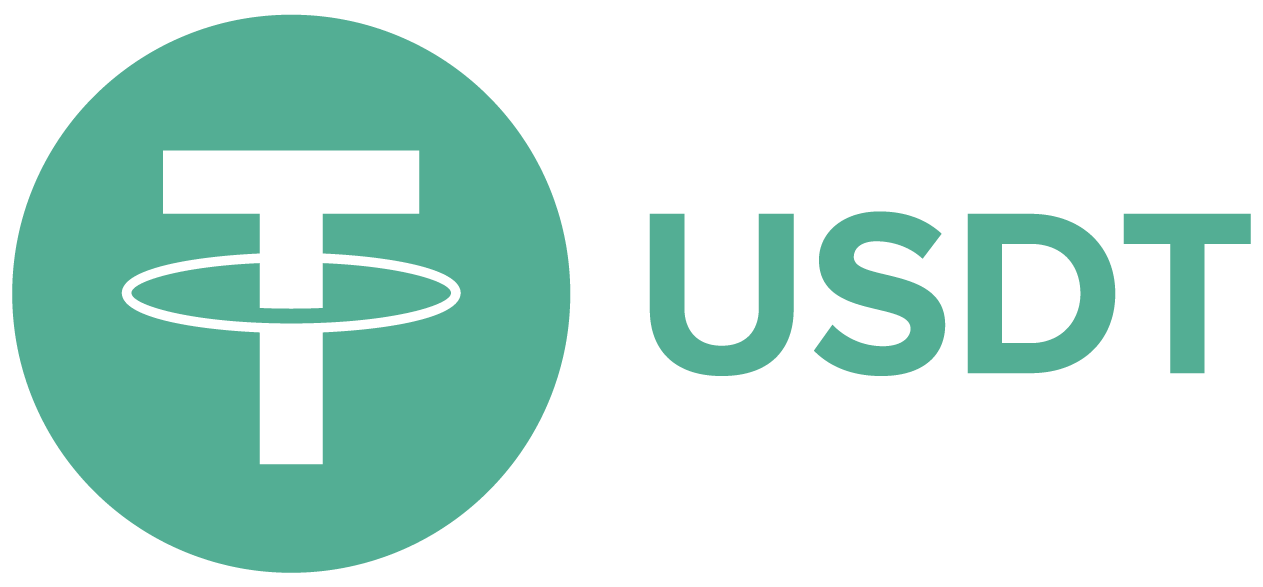Chapter 6 - Trading philosophy and capital management
Lesson 6.5 - Stop Loss and Set a Profit Target

Stop loss and profit targets are an integral part of almost any risk management approach. When used consistently and within the context of a comprehensive trading plan, stop losses and profit targets ensure that downside risks are limited while acceptable returns are secured.
A preventive stop or a stop loss is an order placed in the market and conflicts with the direction of the open position. A stop loss order is placed at a higher price level than active short positions (buying orders) and under long open positions (selling orders). When the price is reversed to the stop loss position, the open position is automatically liquidated or closed.
Stop loss is one of the most valuable tools that active traders implement to reduce potential liabilities. It may be placed on the market using any number of strategies. A stop loss order is usually used in coordination with an appropriate risk \ objective ratio, technical indicator, or pre-determined cash value.
Profit targets are applied to the reservation or the guarantee of a profitable step in pricing. Profit targets are executed in a similar way to stop losses. A limit order, stop limit, or stop market order is placed on the market versus the open position; the sale is made for the purchase and purchase of long positions.
Stop loss and profit target order positions are largely subjective, but are commonly defined using various aspects of technical analysis including support and resistance levels. The main difference between the two is that profit targets are set before the price, not after it. When the specified price point is reached, the Take Profit order is triggered in the Profit Insurance.
Profit targets and stop-loss orders play a major role in risk management. While the stop loss order limits the final downside of trading, the profit target ensures that profits are achieved and not refunded in the wake of negative price movements.


 English
English





